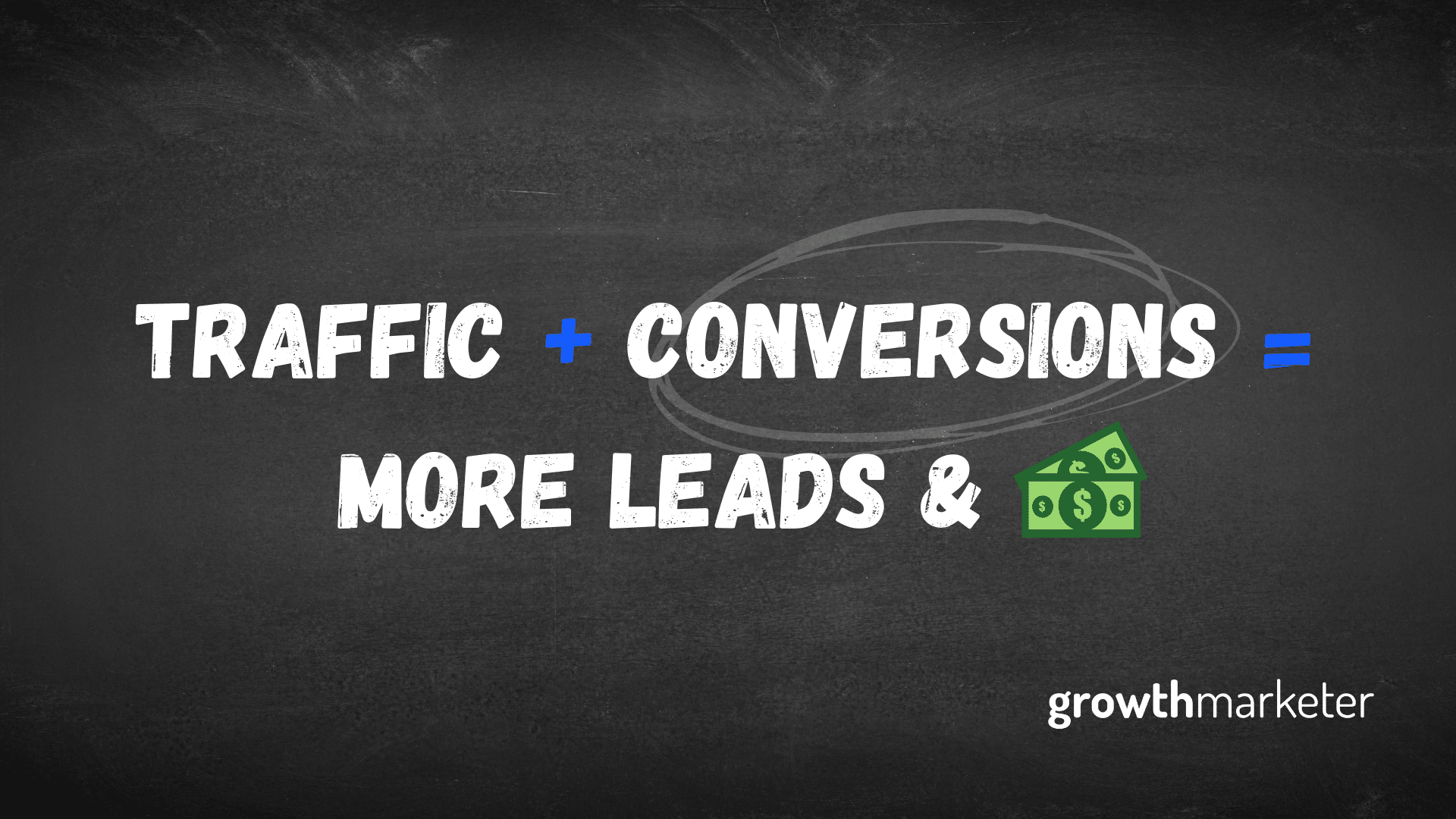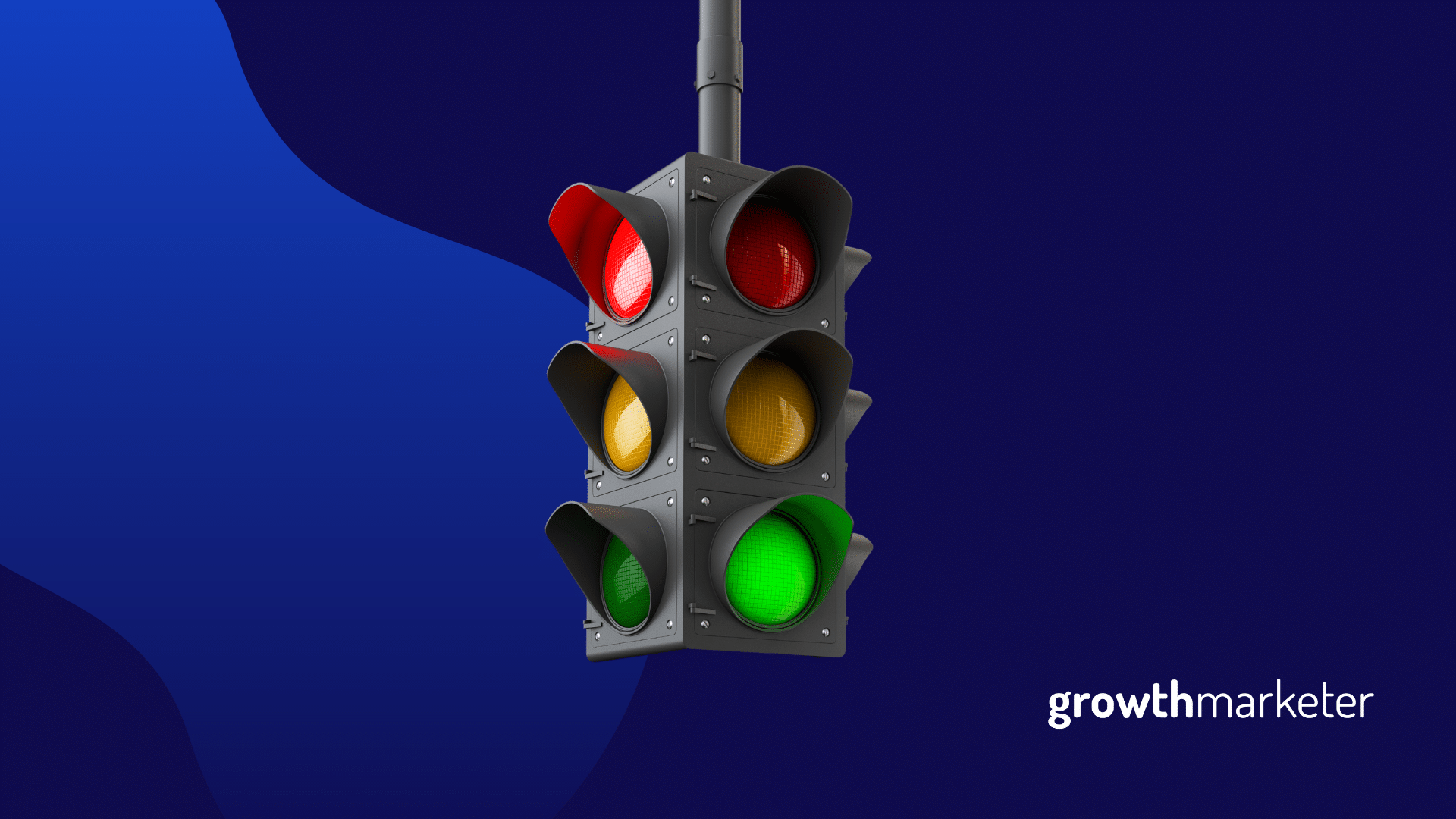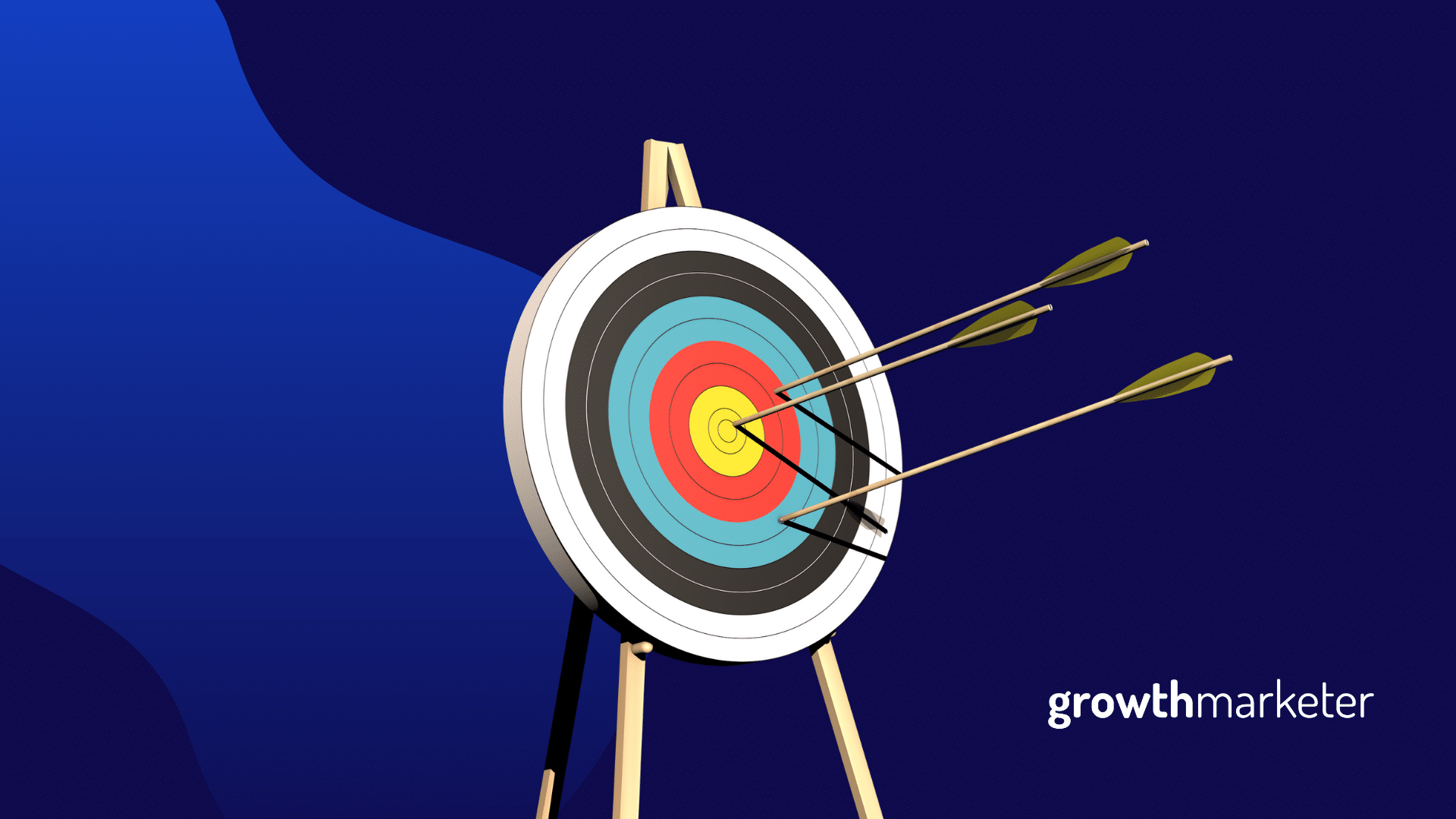Let me ask you a question…
In the last 30 days, how many times have you heard marketing gurus talk about “getting traffic” to a website or landing page?
How many discussions about Facebook Ads, Google Ads, or SEO have you seen, maybe on Facebook, Instagram, or on a blog you follow?
I’m betting the number is quite high. Because “traffic” is all anyone wants to talk about lately.
Getting traffic from Facebook, getting traffic from Google, getting free traffic, getting warm traffic…
… heck, it’s starting to remind me of that scene from Forrest Gump where Bubba talks about all of the different ways to cook shrimp.

Okay, but so what?
My point with all of this is to share one simple idea with you:
While getting traffic is important, it’s only half of the problem that modern marketers and business owners are facing.
Want to know what the second half of the problem is?
It’s being able to convert that traffic into leads and sales.

And that is where landing pages come in…
Landing pages can help you convert more of your website traffic into leads and customers, by providing your visitors with an optimized, relevant, and high-converting experience that is tied to one specific action that you want them to take.
Once you grasp this simple mind shift, marketing becomes a whole lot easier.
You will no longer only concern yourself with getting to the top of Google, or getting your Facebook ads up and running, but instead, you can focus on what to do after those things happen.
And that is how you create a truly robust marketing MACHINE that operates with efficiency at every step.
What to remember
Getting “traffic” is only half of the problem modern marketers and business owners face.
Make sure you’re also giving ample time and effort to figuring out how to convert that traffic into leads and customers.
And when you put together the “traffic” and “conversion” sides of the equation together, you’re setting yourself (or your clients) up for success!

Okay, but how do I learn about the conversion side?
A good starting point is with my free 7 Question Landing Page Framework. If you can effectively answer those 7 questions on your landing pages, then you’re in good shape to improve your conversion rate and get more sales.
Beyond that, I would recommend studying up on the following areas of expertise:
Analytics — Learn the basics of both quantitative and qualitative marketing analytics and get familiar with platforms such as Google Analytics and Hotjar.
A/B Testing — Running a proper A/B test is a must-have ability for conversion optimizers. You can explore Google’s free tool called Google Optimize and their getting started resources to learn how to set up your first test.
Marketing Psychology — Read Influence by Dr. Robert Cialdini to start learning what makes people take action. Then study the work of BJ Fogg, specifically his Fogg Behavior Model.
Design — You don’t have to think of yourself as a designer to at least understand the basics of design. Start with some simple concepts such as the 7 elements of design and color theory.
Usability — Jakob Nielsen defines usability as “…a quality attribute that assesses how easy user interfaces are to use. The word ‘usability’ also refers to methods for improving ease-of-use during the design process.” Get familiar with concepts such as the BASIC UX framework.
Copywriting — The best way to learn copywriting is to… write copy. Pretty obvious, yes. But you can also read some terrific books from the masters of copy, such as The Copywriter’s Handbook and Breakthrough Advertising.
Make every click count
I hope this article gave you a fresh perspective on traffic and how to make the most out of every click. Or at the very least, introduced you to some new tools or resources to explore.
Let me know how it goes. As always, if you have any questions about this topic, please reach out to me on Twitter.
Happy optimizing!





